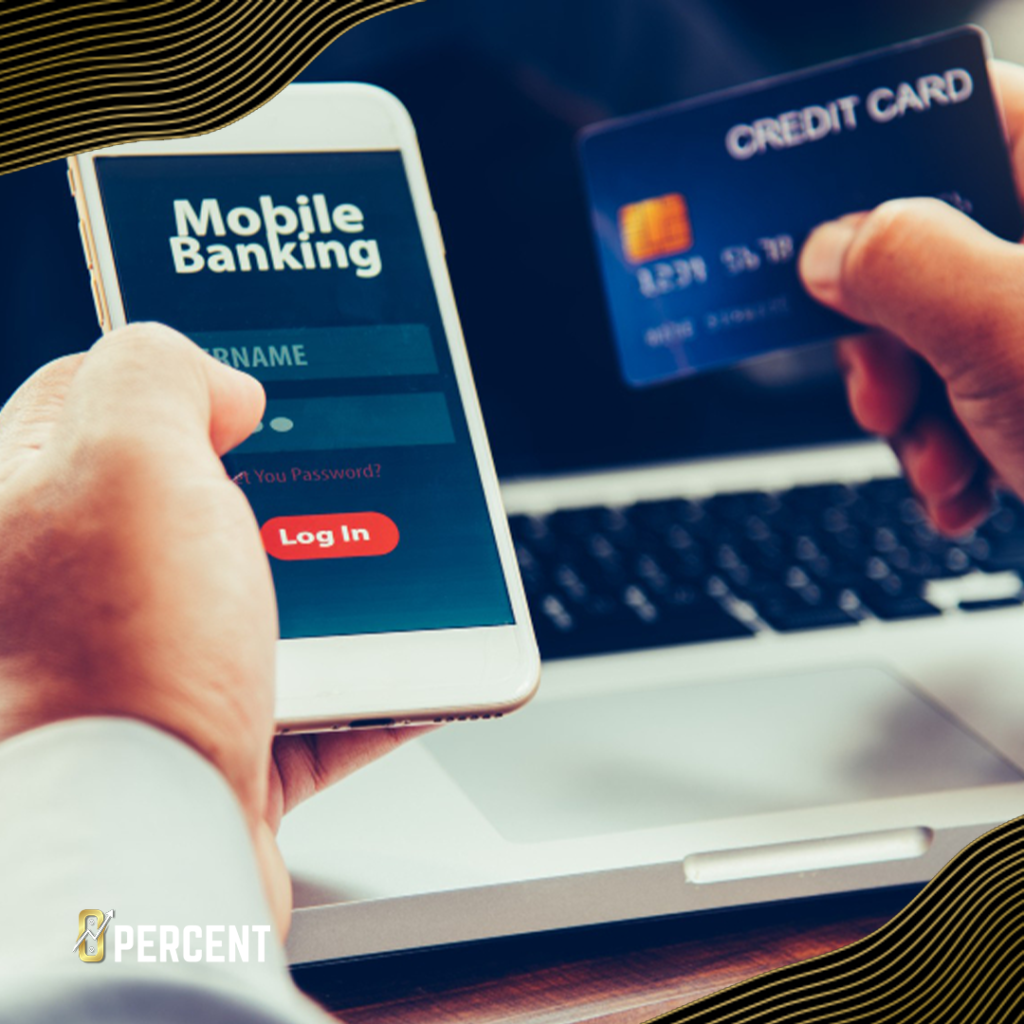
Jeff Sekinger
Jeff Sekinger Founder & CEO, 0 Percent Who is Jeff Sekinger? Visionary Trailblazer Sekinger has been in the financial industry for over a decade. Starting
Mobile banking has revolutionized the way people manage their finances. With the advancement of technology and the widespread use of smartphones, financial institutions have embraced mobile banking as a convenient and efficient way for customers to access their accounts and conduct transactions on the go. This article explores the evolution of mobile banking, highlighting its advantages, security measures, and recommends some of the best apps available for managing finances on the go.

Read More: Everything You Need to Know About Credit & Funding
Mobile banking refers to the use of a mobile device, such as a smartphone or tablet, to perform various banking activities. It allows users to access their bank accounts, make payments, transfer funds, and perform other financial transactions through dedicated mobile applications or mobile-friendly websites provided by banks or financial institutions.
Over the years, mobile banking has gained significant popularity due to its convenience and accessibility. With the increasing reliance on smartphones and the desire for instant access to financial information, more and more individuals are turning to mobile banking as their preferred method of managing their finances.
Mobile banking offers unparalleled convenience as it allows users to access their accounts anytime and anywhere. Whether you’re traveling, at work, or simply lounging at home, you can check your account balance, review transactions, pay bills, and transfer funds with just a few taps on your mobile device. The ability to bank on the go eliminates the need to visit physical bank branches, saving valuable time and effort.
Mobile banking saves you precious time by eliminating the need to stand in long queues or wait for a teller to assist you. With mobile banking apps, you can quickly complete transactions and banking tasks with a few simple taps. Whether you need to pay bills, deposit checks, or transfer funds between accounts, mobile banking allows you to accomplish these tasks in minutes, freeing up time for other important activities.
Mobile banking provides users with powerful tools to manage their finances effectively. Many mobile banking apps offer features like expense tracking, budgeting tools, and real-time notifications, allowing users to stay on top of their financial activities. With detailed transaction histories and interactive charts, users can analyze their spending patterns, identify areas where they can save money, and make informed financial decisions.
Mobile banking can significantly reduce banking costs for both customers and financial institutions. By embracing mobile banking, banks can cut down on operational costs associated with maintaining physical branches. For customers, mobile banking eliminates the need for paper statements, physical checks, and postage expenses. Additionally, mobile banking often offers competitive interest rates, lower fees, and exclusive discounts, providing cost-saving benefits to users.
Mobile banking applications employ robust security measures to protect users’ sensitive information. Encryption protocols ensure that data transmitted between the mobile device and the bank’s servers is encrypted and secure. Furthermore, secure login procedures, such as complex passwords or personal identification numbers (PINs), provide an additional layer of protection against unauthorized access.
Many mobile banking apps now incorporate biometric authentication methods, such as fingerprint or facial recognition, to enhance security. Biometric data is unique to each individual, making it extremely difficult for unauthorized users to gain access to the account. Biometric authentication adds convenience for users by eliminating the need to remember complex passwords while ensuring high-level security.
Two-factor authentication adds an extra layer of security by requiring users to provide two different types of credentials to access their accounts. This often involves a combination of something the user knows (e.g., a password) and something the user possesses (e.g., a unique code sent via SMS). By implementing two-factor authentication, mobile banking apps reduce the risk of unauthorized access even if a user’s login credentials are compromised.
Mobile banking apps incorporate sophisticated fraud detection algorithms to identify and prevent fraudulent activities. These algorithms monitor user behavior, transaction patterns, and location data to detect any suspicious activities. In case of any potential fraud, the app may send real-time alerts to users, allowing them to take immediate action to protect their accounts.
In conclusion, mobile banking has evolved into an indispensable tool for managing finances on the go. The convenience, time-saving benefits, enhanced financial management capabilities, and cost-effectiveness make it an attractive choice for individuals seeking a streamlined and efficient banking experience. With robust security measures in place, such as encryption, biometric authentication, two-factor authentication, and fraud detection algorithms, mobile banking ensures the safety and privacy of users’ financial information. To get started with mobile banking, consider exploring some of the best apps available that offer a wide range of features and benefits tailored to meet your financial needs.
Yes, mobile banking employs advanced security measures such as encryption, biometric authentication, and two-factor authentication to ensure the safety of users’ financial information.
Yes, mobile banking apps can generally be accessed on multiple devices, including smartphones and tablets. However, it’s important to ensure that you log out of your accounts when using shared or public devices to maintain security.
Most mobile banking apps are compatible with popular smartphone operating systems such as iOS and Android. However, it’s always advisable to check the specific app requirements and compatibility with your device before downloading.
Mobile banking apps provide a wide range of banking functionalities, including checking account balances, transferring funds, paying bills, and depositing checks. However, some complex transactions or services may require additional verification and may need to be performed through other channels.
Mobile banking apps are typically free to download and use. However, some financial institutions may charge fees for certain services or transactions. It’s recommended to check with your bank or financial institution for any applicable fees or charges.

Jeff Sekinger Founder & CEO, 0 Percent Who is Jeff Sekinger? Visionary Trailblazer Sekinger has been in the financial industry for over a decade. Starting

Angel Alvarez Funding, 0 Percent Who is Angel Alvarez? From SpaceX to 0 Percent Angel is a remarkably well rounded individual who has had a

Abhay AnandProduct, 0 Percent Who is Abhay Anand? Title One Test Title Two Test Test
Sign up to receive news & updates!
Sign up to receive news & updates!